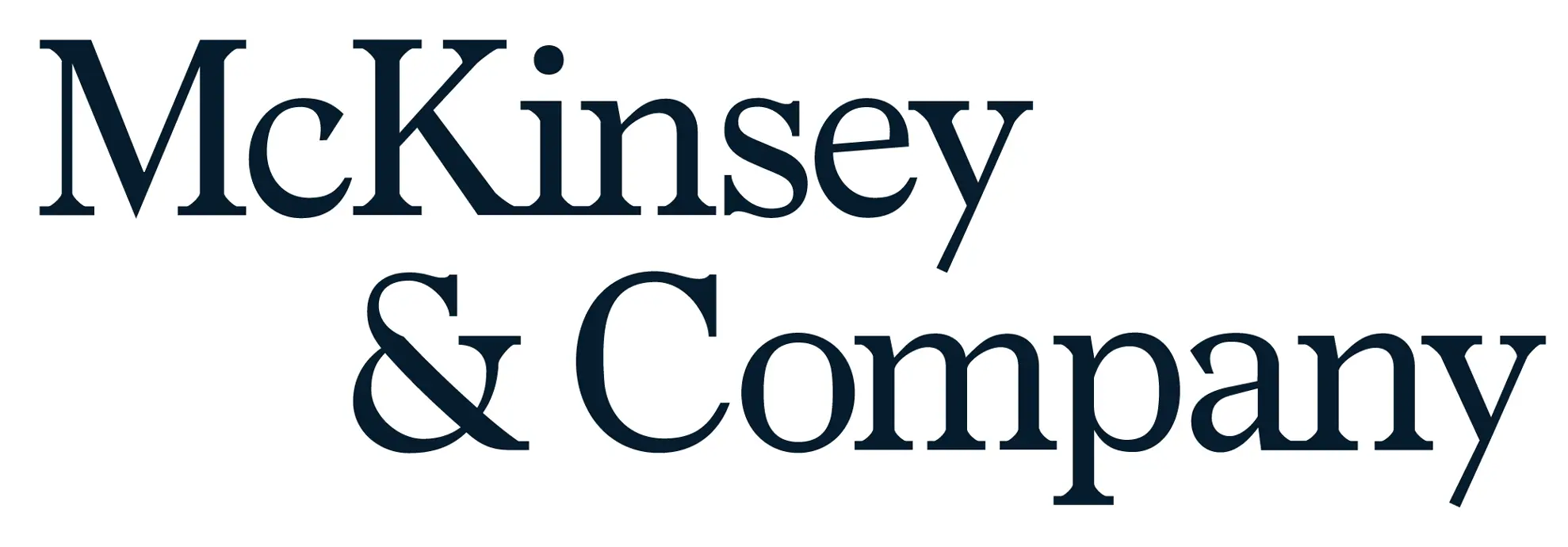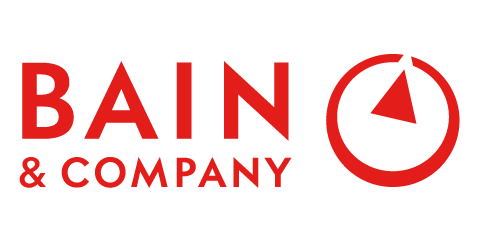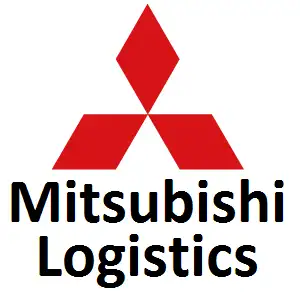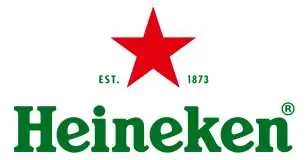
Global Next Generation Biomanufacturing Market Insights, Size and Growth Forecast To 2027
Global Next Generation Biomanufacturing Market- By Work flow and Product (Continuous Upstream Biomanufacturing, Single-Use Upstream Biomanufacturing, Downstream Biomanufacturing), By Application (Monoclonal Antibodies, Hormones, Vaccines, Recombinant Proteins, Others), and By Region (North America, Europe, Asia Pacific, South America, and Middle East, & Africa)- Global forecast from 2020-2027.
| Published: Jul-2020 | Report ID: HLCA2033 | Pages: 1 - 250 | Formats*: |
| Category : Healthcare | |||
1.1. Market Modelling1.2. Product Analysis1.3. Market Trend and Economic Factors Analysis1.4. Market Segmental Analysis1.5. Geographical Mapping1.6. Country Wise Segregation
2.1. Identification of Target Market2.2. Data Acquisition2.3. Refining of Data/ Data Transformations2.4. Data Validation through Primary Techniques2.5. Exploratory Data Analysis2.6. Graphical Techniques/Analysis2.7. Quantitative Techniques/Analysis2.8. Visual Result/Presentation
4.1. Economic Factor Analysis4.1.1. Drivers4.1.2. Trends4.1.3. Opportunities4.1.4. Challenges4.2. Competitors & Product Analysis4.3. Regulatory Framework4.4. Company market share analysis, 20194.5. Porter’s Five forces analysis4.6. New Investment Analysis4.7. PESTEL Analysis
5.1. Market Size & Forecast, 2016-20275.1.1. Demand5.1.1.1. By Value (USD Million)5.2. Market Share & Forecast, 2016-20275.2.1. By Work flow and Product5.2.1.1. Continuous Upstream Biomanufacturing5.2.1.1.1. Bioreactors/Fermenters5.2.1.1.2. Cell Culture Products5.2.1.1.3. Filtration Systems5.2.1.1.4. Bags & Containers5.2.1.1.5. Mixing System5.2.1.1.6. Sterilizers5.2.1.1.7. Biosafety Cabinets5.2.1.1.8. Incubators5.2.1.1.9. Others5.2.1.2. Single-Use Upstream Biomanufacturing5.2.1.2.1. Single-Use Bioreactors5.2.1.2.2. Single-Use Bags and Containers5.2.1.2.3. Single-Use Tubing and Connectors5.2.1.2.4. Single-Use Mixing Systems5.2.1.2.5. Single-Use Sensors and Probes5.2.1.3. Downstream Biomanufacturing5.2.1.3.1. Chromatography Systems5.2.1.3.2. Filtration Systems5.2.1.3.3. Membrane Absorbers5.2.1.3.4. Instruments and Accessories5.2.1.3.5. Single-Use Equipment and Accessories5.2.2. By Medical Application5.2.2.1. Monoclonal Antibodies5.2.2.2. Hormones5.2.2.3. Vaccines5.2.2.4. Recombinant Proteins5.2.2.5. Others5.2.3. By End-user5.2.3.1. Commercial Stage5.2.3.2. Preclinical and Development Stage5.2.4. By Region5.2.4.1. Europe5.2.4.2. North America5.2.4.3. Asia Pacific5.2.4.4. South America5.2.4.5. Middle East & Africa
6.1. Europe Next Generation Biomanufacturing Size & Forecast, 2016-20276.1.1. Demand6.1.1.1. By Value (USD Million)6.2. Europe Next Generation Biomanufacturing Market Share & Forecast, 2016-20276.2.1. By Work flow and Product6.2.1.1. Continuous Upstream Biomanufacturing6.2.1.1.1. Bioreactors/Fermenters6.2.1.1.2. Cell Culture Products6.2.1.1.3. Filtration Systems6.2.1.1.4. Bags & Containers6.2.1.1.5. Mixing System6.2.1.1.6. Sterilizers6.2.1.1.7. Biosafety Cabinets6.2.1.1.8. Incubators6.2.1.1.9. Others6.2.1.2. Single-Use Upstream Biomanufacturing6.2.1.2.1. Single-Use Bioreactors6.2.1.2.2. Single-Use Bags and Containers6.2.1.2.3. Single-Use Tubing and Connectors6.2.1.2.4. Single-Use Mixing Systems6.2.1.2.5. Single-Use Sensors and Probes6.2.1.3. Downstream Biomanufacturing6.2.1.3.1. Chromatography Systems6.2.1.3.2. Filtration Systems6.2.1.3.3. Membrane Absorbers6.2.1.3.4. Instruments and Accessories6.2.1.3.5. Single-Use Equipment and Accessories6.2.2. By Medical Application6.2.2.1. Monoclonal Antibodies6.2.2.2. Hormones6.2.2.3. Vaccines6.2.2.4. Recombinant Proteins6.2.2.5. Others6.2.3. By End-user6.2.3.1. Commercial Stage6.2.3.2. Preclinical and Development Stage6.2.4. By Country6.2.4.1. Germany6.2.4.2. UK6.2.4.3. France6.2.4.4. Italy6.2.4.5. Rest of Europe6.2.5. Company Market Share (Top 3-5)6.2.6. Economic Impact Study on Europe Next Generation Biomanufacturing Market
7.1. North America Next Generation Biomanufacturing Market Size & Forecast, 2016-20277.1.1. Demand7.1.1.1. By Value (USD Million)7.2. North America Next Generation Biomanufacturing Market Share & Forecast, 2016-20277.2.1. By Work flow and Product7.2.1.1. Continuous Upstream Biomanufacturing7.2.1.1.1. Bioreactors/Fermenters7.2.1.1.2. Cell Culture Products7.2.1.1.3. Filtration Systems7.2.1.1.4. Bags & Containers7.2.1.1.5. Mixing System7.2.1.1.6. Sterilizers7.2.1.1.7. Biosafety Cabinets7.2.1.1.8. Incubators7.2.1.1.9. Others7.2.1.2. Single-Use Upstream Biomanufacturing7.2.1.2.1. Single-Use Bioreactors7.2.1.2.2. Single-Use Bags and Containers7.2.1.2.3. Single-Use Tubing and Connectors7.2.1.2.4. Single-Use Mixing Systems7.2.1.2.5. Single-Use Sensors and Probes7.2.1.3. Downstream Biomanufacturing7.2.1.3.1. Chromatography Systems7.2.1.3.2. Filtration Systems7.2.1.3.3. Membrane Absorbers7.2.1.3.4. Instruments and Accessories7.2.1.3.5. Single-Use Equipment and Accessories7.2.2. By Medical Application7.2.2.1. Monoclonal Antibodies7.2.2.2. Hormones7.2.2.3. Vaccines7.2.2.4. Recombinant Proteins7.2.2.5. Others7.2.3. By End-user7.2.3.1. Commercial Stage7.2.3.2. Preclinical and Development Stage7.2.4. By Country7.2.4.1. US7.2.4.2. Canada7.2.4.3. Mexico7.2.5. Company Market Share (Top 3-5)7.2.6. Economic Impact Study on North America Next Generation Biomanufacturing Market
8.1. Asia Pacific Next Generation Biomanufacturing Market Size & Forecast, 2016-20278.1.1. Demand8.1.1.1. By Value (USD Million)8.2. Asia Pacific Next Generation Biomanufacturing Market Share & Forecast, 2016-20278.2.1. By Work flow and Product8.2.1.1. Continuous Upstream Biomanufacturing8.2.1.1.1. Bioreactors/Fermenters8.2.1.1.2. Cell Culture Products8.2.1.1.3. Filtration Systems8.2.1.1.4. Bags & Containers8.2.1.1.5. Mixing System8.2.1.1.6. Sterilizers8.2.1.1.7. Biosafety Cabinets8.2.1.1.8. Incubators8.2.1.1.9. Others8.2.1.2. Single-Use Upstream Biomanufacturing8.2.1.2.1. Single-Use Bioreactors8.2.1.2.2. Single-Use Bags and Containers8.2.1.2.3. Single-Use Tubing and Connectors8.2.1.2.4. Single-Use Mixing Systems8.2.1.2.5. Single-Use Sensors and Probes8.2.1.3. Downstream Biomanufacturing8.2.1.3.1. Chromatography Systems8.2.1.3.2. Filtration Systems8.2.1.3.3. Membrane Absorbers8.2.1.3.4. Instruments and Accessories8.2.1.3.5. Single-Use Equipment and Accessories8.2.2. By Medical Application8.2.2.1. Monoclonal Antibodies8.2.2.2. Hormones8.2.2.3. Vaccines8.2.2.4. Recombinant Proteins8.2.2.5. Others8.2.3. By End-user8.2.3.1. Commercial Stage8.2.3.2. Preclinical and Development Stage8.2.4. By Country8.2.4.1. China8.2.4.2. India8.2.4.3. Japan8.2.4.4. Australia8.2.4.5. Rest of Asia Pacific8.2.5. Company Market Share (Top 3-5)8.2.6. Economic Impact Study on Asia Pacific Next Generation Biomanufacturing Market
9.1. South America Next Generation Biomanufacturing Market Size & Forecast, 2016-20279.1.1. Demand9.1.1.1. By Value (USD Million)9.2. South America Next Generation Biomanufacturing Market Share & Forecast, 2016-20279.2.1. By Work flow and Product9.2.1.1. Continuous Upstream Biomanufacturing9.2.1.1.1. Bioreactors/Fermenters9.2.1.1.2. Cell Culture Products9.2.1.1.3. Filtration Systems9.2.1.1.4. Bags & Containers9.2.1.1.5. Mixing System9.2.1.1.6. Sterilizers9.2.1.1.7. Biosafety Cabinets9.2.1.1.8. Incubators9.2.1.1.9. Others9.2.1.2. Single-Use Upstream Biomanufacturing9.2.1.2.1. Single-Use Bioreactors9.2.1.2.2. Single-Use Bags and Containers9.2.1.2.3. Single-Use Tubing and Connectors9.2.1.2.4. Single-Use Mixing Systems9.2.1.2.5. Single-Use Sensors and Probes9.2.1.3. Downstream Biomanufacturing9.2.1.3.1. Chromatography Systems9.2.1.3.2. Filtration Systems9.2.1.3.3. Membrane Absorbers9.2.1.3.4. Instruments and Accessories9.2.1.3.5. Single-Use Equipment and Accessories9.2.2. By Medical Application9.2.2.1. Monoclonal Antibodies9.2.2.2. Hormones9.2.2.3. Vaccines9.2.2.4. Recombinant Proteins9.2.2.5. Others9.2.3. By End-user9.2.3.1. Commercial Stage9.2.3.2. Preclinical and Development Stage9.2.4. By Country9.2.4.1. Brazil9.2.4.2. Argentina9.2.4.3. Rest of South America9.2.5. Company Market Share (Top 3-5)9.2.6. Economic Impact Study on South America Next Generation Biomanufacturing Market
10.1. Middle East & Africa Next Generation Biomanufacturing Market Size & Forecast, 2016-202710.1.1. Demand10.1.1.1. By Value (USD Million)10.2. Middle East & Africa Next Generation Biomanufacturing Market Share & Forecast, 2016-202710.2.1. By Work flow and Product10.2.1.1. Continuous Upstream Biomanufacturing10.2.1.1.1. Bioreactors/Fermenters10.2.1.1.2. Cell Culture Products10.2.1.1.3. Filtration Systems10.2.1.1.4. Bags & Containers10.2.1.1.5. Mixing System10.2.1.1.6. Sterilizers10.2.1.1.7. Biosafety Cabinets10.2.1.1.8. Incubators10.2.1.1.9. Others10.2.1.2. Single-Use Upstream Biomanufacturing10.2.1.2.1. Single-Use Bioreactors10.2.1.2.2. Single-Use Bags and Containers10.2.1.2.3. Single-Use Tubing and Connectors10.2.1.2.4. Single-Use Mixing Systems10.2.1.2.5. Single-Use Sensors and Probes10.2.1.3. Downstream Biomanufacturing10.2.1.3.1. Chromatography Systems10.2.1.3.2. Filtration Systems10.2.1.3.3. Membrane Absorbers10.2.1.3.4. Instruments and Accessories10.2.1.3.5. Single-Use Equipment and Accessories10.2.2. By Medical Application10.2.2.1. Monoclonal Antibodies10.2.2.2. Hormones10.2.2.3. Vaccines10.2.2.4. Recombinant Proteins10.2.2.5. Others10.2.3. By End-user10.2.3.1. Commercial Stage10.2.3.2. Preclinical and Development Stage10.2.4. By Country10.2.4.1. Saudi Arabia10.2.4.2. UAE10.2.4.3. South Africa10.2.4.4. Rest of Middle East & Africa10.2.5. Company Market Share (Top 3-5)10.2.6. Economic Impact Study on Middle East & Africa Next Generation Biomanufacturing Market
11.1. Company Description11.2. Financial Analysis11.3. Key Products11.4. Key Management Personnel11.5. Contact Address11.6. SWOT Analysis11.7. Company Profile11.7.1. Merck KGaA11.7.2. Thermo Fisher Scientific Inc.11.7.3. Danaher Corporation11.7.4. Eppendorf AG11.7.5. Sartorius AG11.7.6. GEA Group Aktiengesellschaft11.7.7. bbi-biotech GmbH11.7.8. Esco Group of Companies11.7.9. Pierre Guérin11.7.10. Solaris Biotechnology Srl.11.7.11. PBS Biotech, Inc.11.7.12. ZETA GmbH11.7.13. Applikon Biotechnology BV11.7.14. Meissner Filtration Products, Inc.11.7.15. Shanghai Bailun Biotechnology Co. Ltd.11.7.16. Others prominent player.
SPER Market Research’s methodology uses great emphasis on primary research to ensure that the market intelligence insights are up to date, reliable and accurate. Primary interviews are done with players involved in each phase of a supply chain to analyze the market forecasting. The secondary research method is used to help you fully understand how the future markets and the spending patterns look likes.
The report is based on in-depth qualitative and quantitative analysis of the Product Market. The quantitative analysis involves the application of various projection and sampling techniques. The qualitative analysis involves primary interviews, surveys, and vendor briefings. The data gathered as a result of these processes are validated through experts opinion. Our research methodology entails an ideal mixture of primary and secondary initiatives.
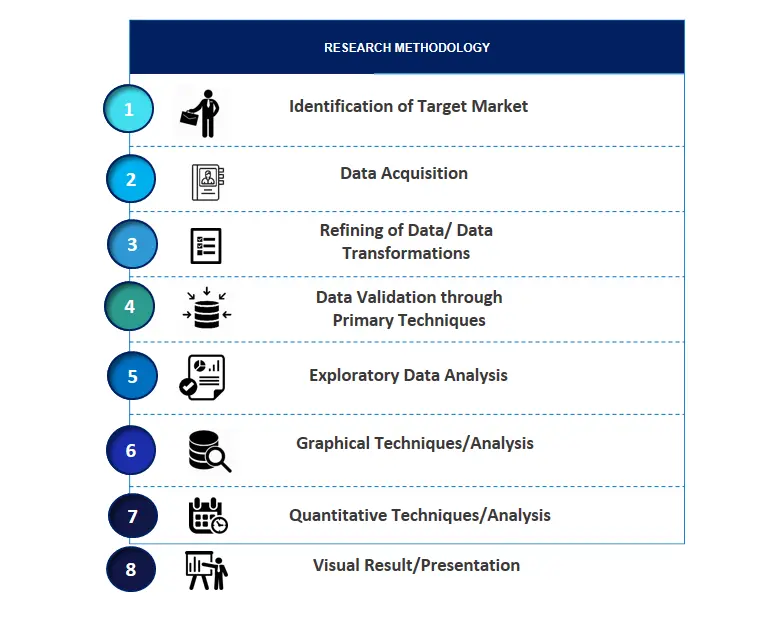
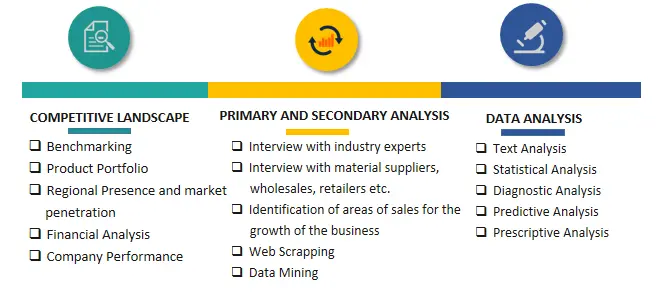

Frequently Asked Questions About This Report
PLACE AN ORDER
Year End Discount
Sample Report
Pre-Purchase Inquiry
NEED CUSTOMIZATION?
Request CustomizationCALL OR EMAIL US
100% Secure Payment

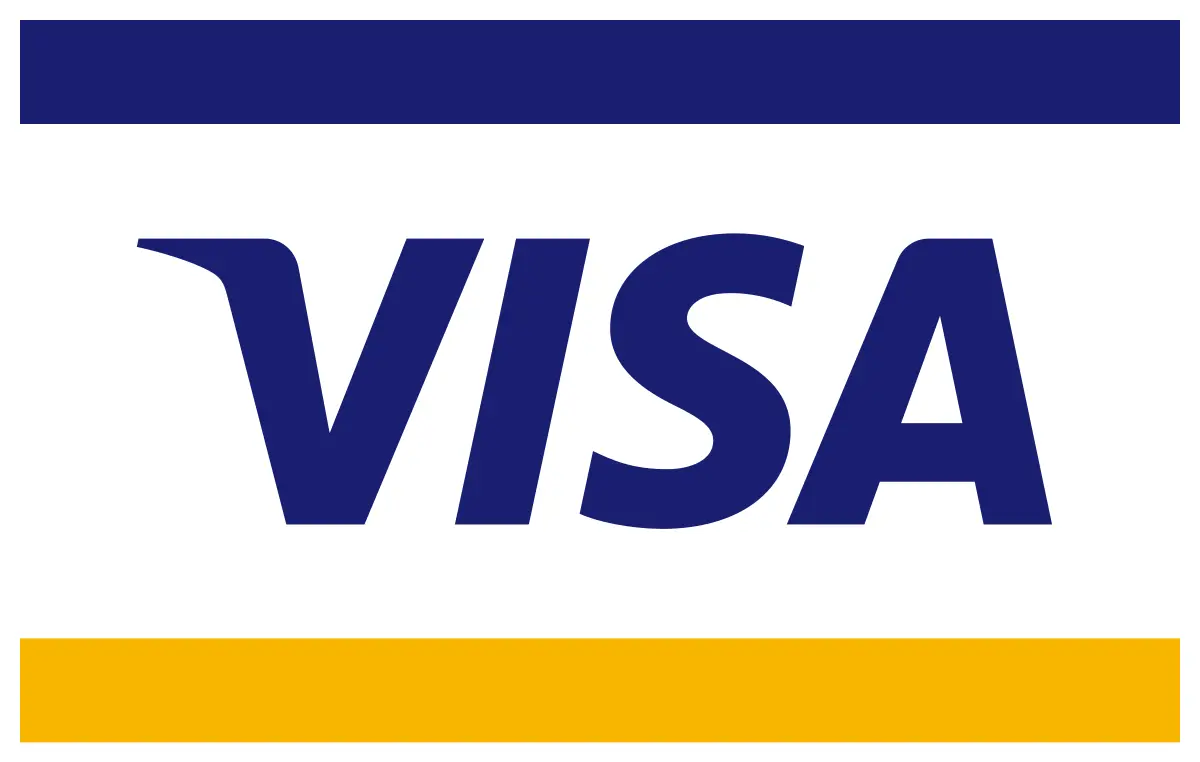




Related Reports
Our Global Clients
Our data-driven insights have influenced the strategy of 200+ reputed companies across the globe.






